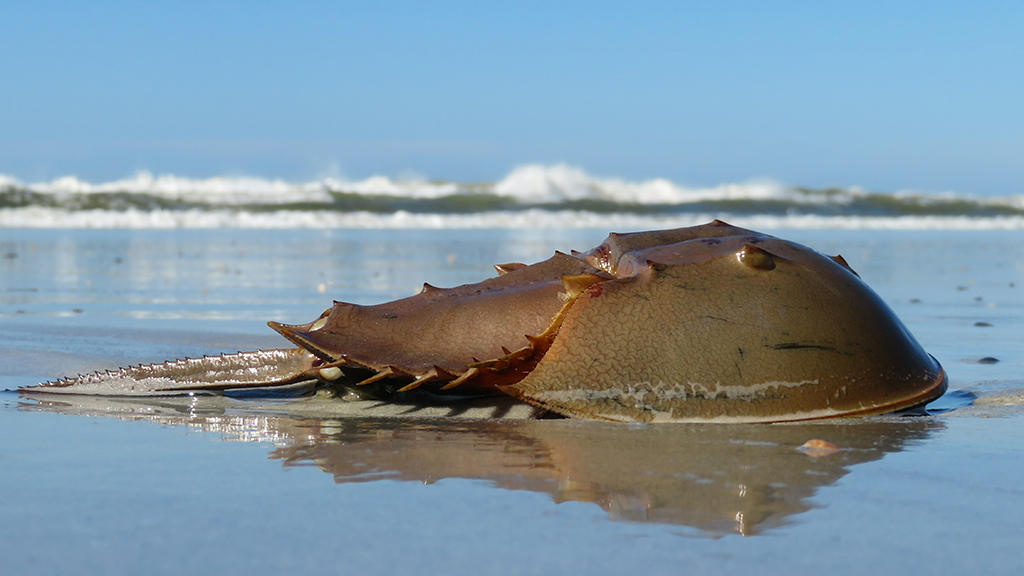Abstract
This case study examines the population dynamics of the horseshoe crab, which is sometimes described as a “living fossil.” Students are shown PowerPoint slides that are interspersed with clicker questions about the biology, life history strategies, and economic importance of this declining species. The paleontology of the horseshoe crab, differences between males and females, reproductive strategies, and the importance to the biomedical industry and fishing industries are discussed. After the presentation, students participate in a stakeholder activity in which they role-play the various players involved in the plight of the horseshoe crab, including scientists, medical workers, bird watchers, hotel owners, eel fishermen, shell fishermen and others. Students are asked to reach a consensus on the best way to manage the population of this species. The case, which takes about 80 minutes of class time to complete, has been used in a variety of courses including ecology, marine biology and a freshman honors seminar course titled “Current Water and Sustainability.”


